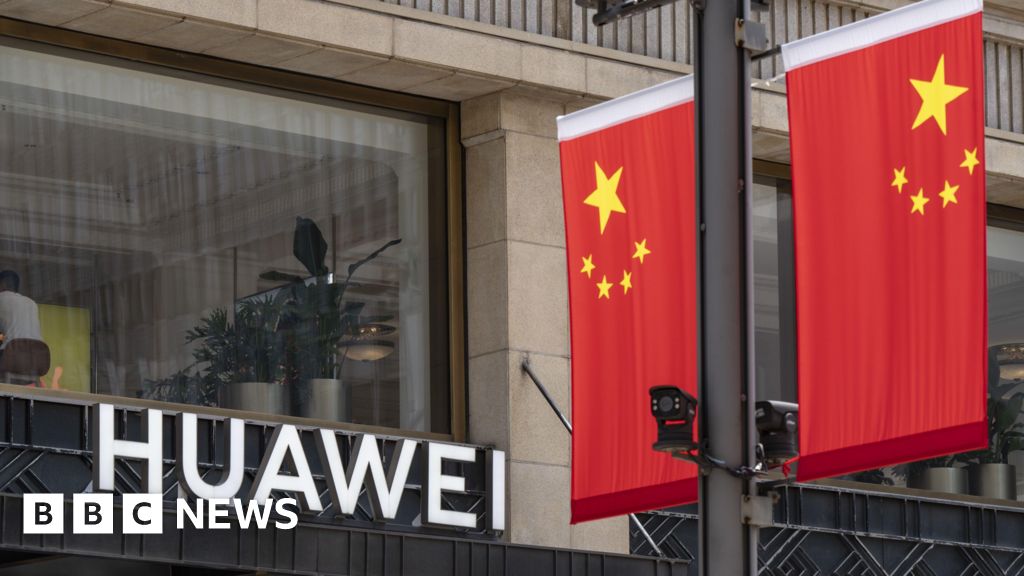Retailers and other online sellers who rely on last-mile delivery services to ensure that customers receive their orders on time and in a safe manner are increasingly discovering new options, ranging from established last-mile delivery companies to Uber drivers who use a third-party app to retrieve orders from stores and restaurants. In some circumstances, such specialized delivery services are just utilizing the labor forces of Uber and Lyft.
Five Below (NASDAQ: FIVE) recently announced a partnership with Instacart to provide same-day delivery services from its 1,100+ locations. Michaels (NASDAQ: MIK), CVS, Costco, Petco, BJ’s, Walmart Canada, Whole Foods, 7-Eleven, Dick’s Sporting Goods, and the Disney Store are among the companies that have partnered with Instacart.
DoorDash (NYSE: DASH) has recently signed relationships with merchants, including Albertsons, and is promoting its DoorDash for Merchants offering.
All of these services, however, require drivers. And, as Uber (NYSE: UBER) and Lyft (NASDAQ: LYFT) discovered in the aftermath of the COVID-19 outbreak, these can be difficult to come by. They’re also more difficult to swiftly onboard.
“Those in the third-party area – the couriers – occupied the delivery space and delivery concerns for years,” said Aaron Hageman, owner and CEO of Delivery Drivers Inc. (DDI), a provider of human resources services for 1099 independent contract drivers. “To put it simply, the rising tides and rising demands of delivery demand across the board [has driven] the retail business to rethink how it does delivery.”
Retailers are increasingly recognizing the importance of the last mile in their sales strategies. It’s difficult for merchants to quickly add drivers to make those deliveries, and it’s not usually in their wheelhouse.
DDI has spent 25 years as a 1099 human resources administrator, covering everything from driver recruitment to screening to onboarding, as well as tax and insurance programs. DDI’s goals have stayed the same, according to Hageman, even as regulations such as California’s Prop 22 continue to transform the sector.
Related:
Michaels is partnering with Instacart to offer same-day delivery.
Prop 22 passes in California, freeing Uber, Lyft, and other drivers from AB5.
“Our role at DDI is to confront this ever-changing reality from an HR standpoint, but through the eyes of the driver,” he stated. “We’re interested in linking our world of drivers with stores because we have a supply-and-demand issue.”
Prior to COVID, Hageman, who has attended industry trade fairs for years, noticed a shift in attendee demographics, with many retailers preferring to interact with delivery companies and back-office vendors like DDI.
Increasing the Workforce
Retailers can easily use DDI’s network of 1099 drivers, and the company’s technology allows them to contact directly with the drivers.
“We can integrate our HR software with the retailer so that the drivers are available for dispatch and you can maintain your customer relationship. You can control the brand and the data “he stated
Drivers, like the rest of the workforce, are in short supply at a time when the “delivery business is busier across all sectors,” according to Hageman. “Everywhere is bustling. I merely state that if you are already delivering and have a large number of drivers, you will require a large number of additional drivers.”
In the last year, a number of companies have approached DDI for assistance in developing a delivery program. The regulatory environment, however, has made this difficult, according to Hageman.
“When we first launched [DDI] in the 1990s, there were ten to twelve criteria to distinguish between 1099 and W2 employees. There are already well over 100 of them “he stated
Most merchants are realising that the requirements are too complicated for them to follow on their own, and that finding drivers when they are needed during peak hours is difficult. The rise of mini fulfillment centers to handle e-commerce orders has also resulted in a more dispersed workforce, which DDI can assist with.
“We think about it from a labor aspect first on the DDI side,” Hageman added. “We’ve worked with drivers who [traditionally] operated in silos. Consider New York City: there may be ten companies, each with 100 drivers, for a total of 1,000 drivers “However, a single retailer could not access those 1,000 drivers since it was confined to drivers employed by the company with which it contracted.
However, putting all 1,000 drivers on the DDI network “flattens out” the network, giving the store additional capacity and, in many cases, capacity closer to the end customer, lowering costs and speeding delivery.
“DDI’s technology can assist in identifying drivers who are already in the network and can connect to the retailer quickly,” Hageman explained.
Furthermore, DDI and similar organizations can acquire vital data that helps the retailer’s fulfillment processes. For example, 60 percent of DDI’s network drivers use three or more app platforms, and 80 percent use two or more.
“These days, our clients provide us with a lot of integrated live data,” Hageman said, noting that the statistics include profits over time, earnings per task, customer interest, and more. Everyone in the chain benefits, from the driver to the retailer. For the store, access to real-time data means that capacity is accessible only when it is required. DDI can aggregate information for drivers into tools like tax management and insurance services.
All payments to the drivers are handled by DDI, and records are sent to the shop. It also ensures that drivers adhere to the retailer’s criteria.
“We’re focusing on the driving side, and our retail partners are ensuring that their customers are taken care of,” Hageman explained.
The end outcome is a win for everyone who wants to profit from e-expansion. commerce’s
Brian Straight’s Modern Shipper articles can be found here.
You might also be interested in:
To grow the gig economy, Social Auto Transport has raised $1.5 million in seed funding. business of transferring automobiles
Bringg’s partnership with Uber gives up new possibilities for e-commerce.
This summer, Walmart will launch a drone delivery pilot program.
Pixabay user wal 172619 created this image.
One of our external writers wrote the previous article.
It has not been modified and does not represent Benzinga’s perspective./n





